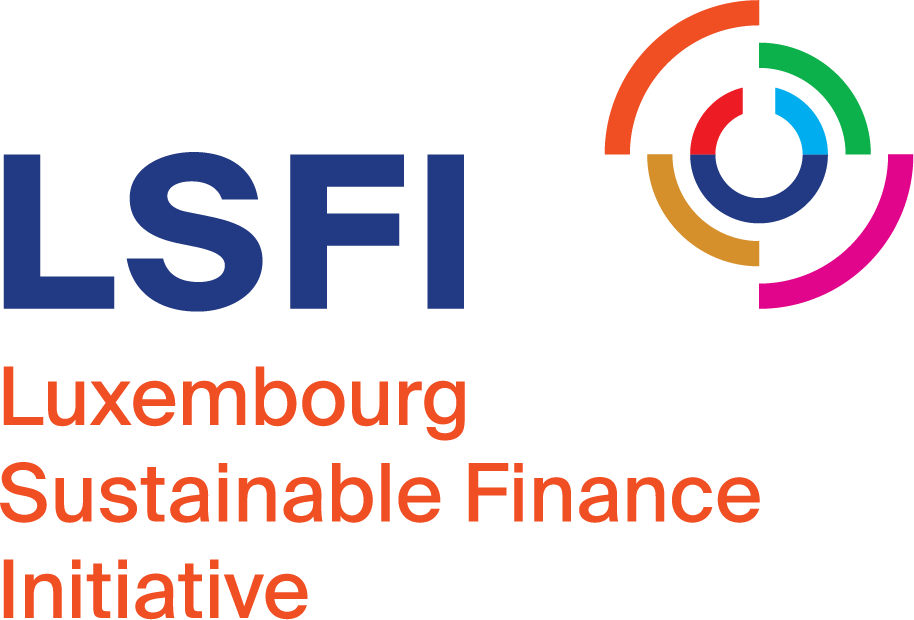Impact investments refers to a particular type of sustainable investment made in companies or organizations, with the explicit intent to contribute to measurable, positive, social or environmental impact, alongside a financial return. Despite increased interest in this field and a growing number of product launches, there are still some challenges and misconceptions associated to it. We’ve discussed about this with Neil Gregory, Chief Thought Leadership Officer at the International Finance Corporation.

Neil Gregory – Chief Thought Leadership Officer, IFC
What are the main challenges for a firm or an investor that decides to focus on Impact Investing? Do these challenges vary by asset class and/or within private and public investors?
There are many more possibilities today than a few years ago for investors to find impact investment opportunities. For example, the number and size of impact funds as well as investments that have been managed in alignment with the Operating Principles for Impact Management have grown.
For those looking for more liquid assets in public equity or debt, there has been a considerable growth in green, social and sustainable bonds. However, in the public equity market, while there are a lot of ESG investments, many may lack credible impact.
What are the main misconceptions among financial professionals regarding Impact Investing and how would you refute them?
There are two main misconceptions.
The first one is that impact investing is the same as ESG investing. ESG investing looks at how environmental, social and governance issues affect the performance of a firm, based on evidence that doing so will lead to better financial performance. On the other hand, impact investing looks at how a firm creates environmental and social impact on society and the environment. They are two different types of investments. Investors may want to have both in their portfolios.
The second misconception is that impact investments offer lower financial returns. This comes from the fact that in its early-days, impact investments were done mainly in early-stage social enterprises—which can be risky. The market has matured and there are now a wider range of impact investment opportunities. Investors can choose those that fit their risk/return appetite and match their portfolio objectives. From our own experience as impact investors, we have seen that over a longer period, our equity portfolio has outperformed global equity benchmarks. Many other investors are finding the same. Therefore, it is indeed possible to have comparable financial returns and also measurable impact.
IFC led the development of the Operating Principles for Impact Management (the Impact Principles). What was the rationale behind that and why is it relevant to have a framework for the market?
Asset owners are showing increased interest in investing for impact, motivated by concerns like climate change or financing the Sustainable Development Goals. However, they were confused by what they were finding in the market. There was a plethora of labels used the funds and they had no way of screening funds that were actually managing for impact in a disciplined and transparent manner. That’s why the Impact Principles were created. The Principles signaled to the market that signatories follow a common set of rules ensuring that impact considerations are integrated throughout the investment lifecycle. It also demonstrates transparency because the signatories are disclosing how their management systems align with the Principles, and this alignment is periodically assessed by independent verifiers.
We are pleased to see the numbers of signatories grow over the past 2.5 years. There are now 137 signatories hailing from 33 countries worldwide—six of which are from Luxembourg.
The Impact Investing market is growing. However, according to your last publication, the amount of measured impact assets managed by private funds and institutions accounts for only 4 percent of the $7 trillion in global private capital. What is needed to increase this trend?
There has been a growing interest in impact investing over the past two years, despite the pandemic. Although there was a slowdown in the number of new impact funds reaching financial closure, more funds were launched, and we have seen larger funds of over $1 billion and up to $4 billion being successful in raising funds. In this respect, there is a positive momentum in the market, but the base is still low.
Currently, around $2.3 trillion are being invested in impact—this is just 2% of global assets under management. Currently, most impact investments are in private markets. However, there is an upward trajectory. If we get to the point where 10% of global capital is being managed with impact, that would be enough to fill the financing gaps to achieve the Sustainable Development Goals and the Paris Climate Change targets. It is a small share of the total capital market, and we think the potential is there.
Will impact investing help us reach SDGs and the Paris agreement goals? Does the current market manage to actually tackle climate change, biodiversity loss or, for example, inequality?
The amount that has been invested today is not enough to finance the gaps by 2030. But when we talk to investors, we see that there is both capital and interest. What is missing today are two things: the availability of financial products and of the underlying firms and projects to invest in.
The first of these is currently being addressed as the financial services industry are responding to this demand with new vehicles and structures. What remains now is to create more investment opportunities in emerging markets where the most significant financing gaps are. For this reason, a central part of IFC’s current strategy is to help develop markets and create investable opportunities in these areas.
As to how impact investing tackles climate change or biodiversity issues, this is an evolving picture. Impact investing is an approach to investing that provides a way to think about addressing these global challenges using capital. However, that does not mean it has completely figured out how capital will address these issues. It is part of the solution, but it is by no means the whole solution. There is also a complementarity between what investors can do with their capital and what governments can do from the policy side to make addressing climate change or biodiversity attractive to investors.





